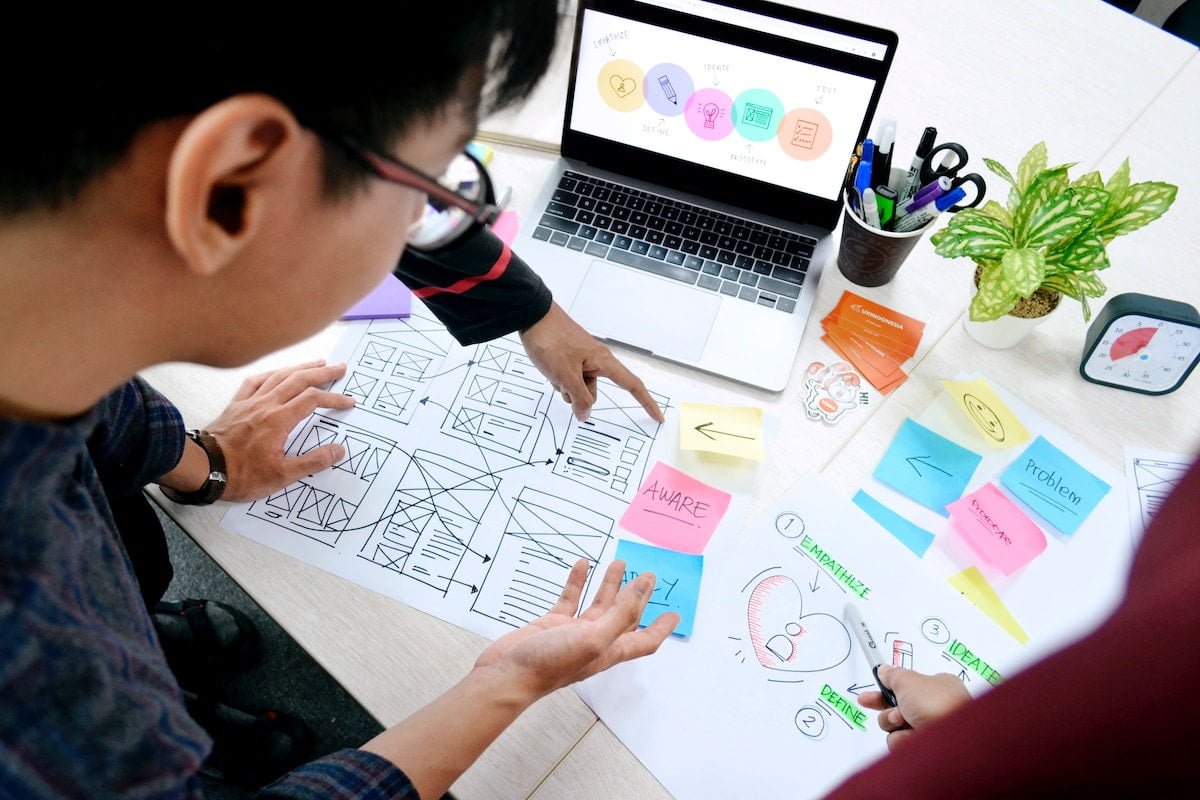Design thinking limitations aside, its a powerful and popular approach for problem-solving that has gained immense popularity in the past few years. It is a methodical approach that helps people identify problems and come up with creative solutions. While design thinking has its advantages, it also has its limitations. In this article, we will discuss the pros and cons of design thinking and how to overcome its limitations.
The Pros of Design Thinking
- User-Focused: One of the key advantages of design thinking is that it is user-focused. This means that the focus is on understanding the needs and wants of the end-users of a product or service.
- Creativity: Design thinking encourages creativity, allowing for the development of innovative and unique solutions to problems.
- Iterative Process: Design thinking is an iterative process that involves testing and refining ideas. This means that mistakes are embraced, and solutions are continuously improved.
- Holistic Approach: Design thinking takes a holistic approach, considering all aspects of a problem, including technical, social, and economic factors.
The Cons of Design Thinking
- Limited Data: Design thinking often relies on qualitative data, which can be limited in scope and prone to biases. This can lead to solutions that do not address the root cause of a problem.
- Lack of Rigour: The iterative process of design thinking can lead to a lack of rigour in the development of solutions. This can result in solutions that are not well-thought-out or well-implemented.
- Time-Consuming: Design thinking is a time-consuming process that requires significant investment in time, resources, and personnel.
- Overemphasis on Creativity: Design thinking can place too much emphasis on creativity, leading to solutions that are novel but not practical.
Overcoming the Limitations of Design Thinking
While design thinking has its limitations, there are ways to overcome them. Here are some tips for doing so:
- Use Data Wisely: While qualitative data is valuable, it should not be the sole basis for decision-making. Use quantitative data to complement qualitative data and ensure a more well-rounded approach.
- Emphasise Rigour: It is important to maintain rigour in the design thinking process. This means testing and refining solutions until they are well-implemented and effective.
- Optimise Time: While design thinking can be time-consuming, it is important to optimise time by focusing on high-impact problems and solutions.
- Balance Creativity with Practicality: While creativity is important, it is equally important to ensure that solutions are practical and can be implemented effectively.


